Oct 21, 2019
New supercomputer simulations explore magnetic reconnection and make a surprising discovery
Posted by Genevieve Klien in categories: cosmology, mobile phones, supercomputing
Magnetic reconnection, a process in which magnetic field lines tear and come back together, releasing large amounts of kinetic energy, occurs throughout the universe. The process gives rise to auroras, solar flares and geomagnetic storms that can disrupt cell phone service and electric grids on Earth. A major challenge in the study of magnetic reconnection, however, is bridging the gap between these large-scale astrophysical scenarios and small-scale experiments that can be done in a lab.
Researchers have now overcome this barrier through a combination of clever experiments and cutting-edge simulations. In doing so, they have uncovered a previously unknown role for a universal process called the “Biermann battery effect,” which turns out to impact magnetic reconnection in unexpected ways.
The Biermann battery effect, a possible seed for the magnetic fields pervading our universe, generates an electric current that produces these fields. The surprise findings, made through computer simulations, show the effect can play a significant role in the reconnection occurring when the Earth’s magnetosphere interacts with astrophysical plasmas. The effect first generates magnetic field lines, but then reverses roles and cuts them like scissors slicing a rubber band. The sliced fields then reconnect away from the original reconnection point.
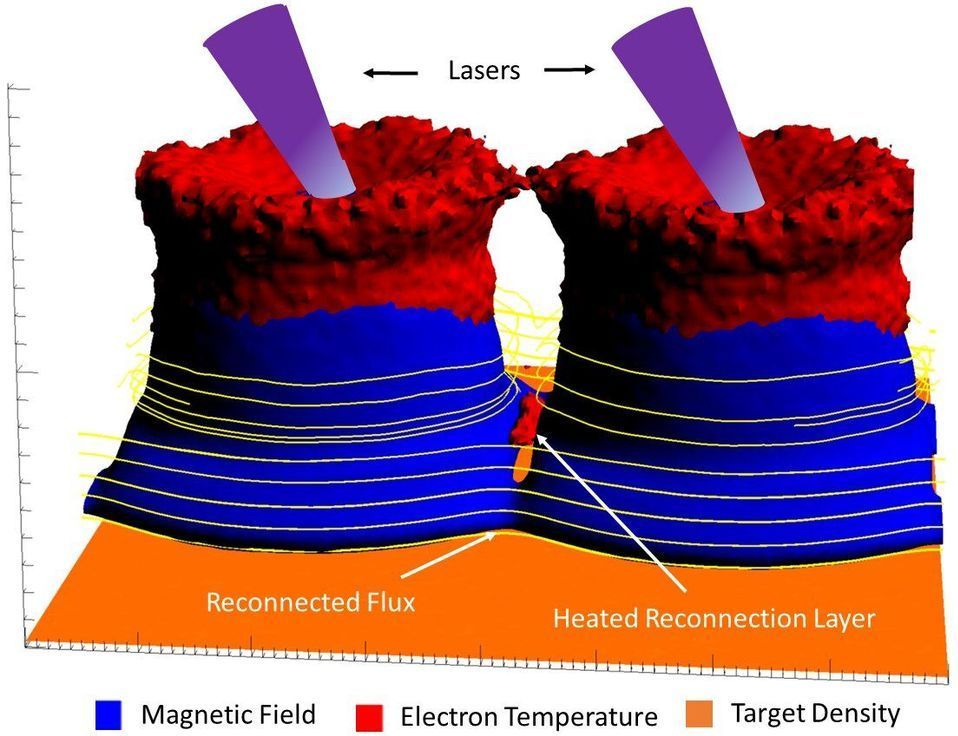
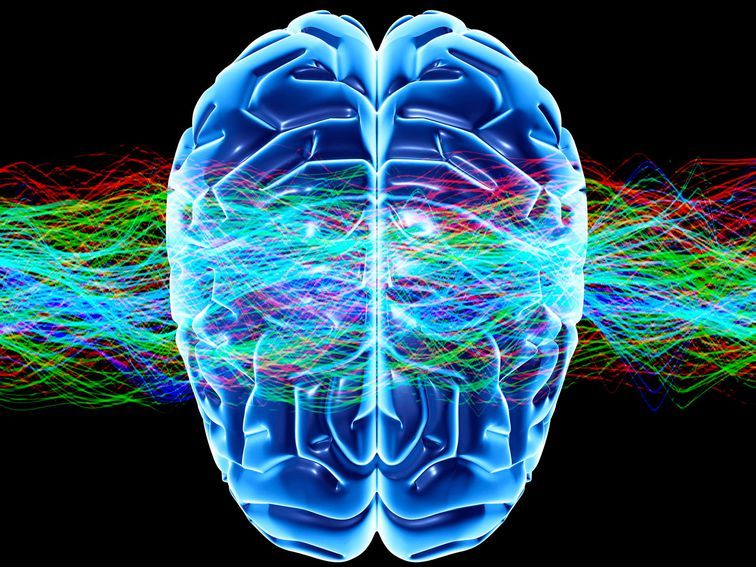
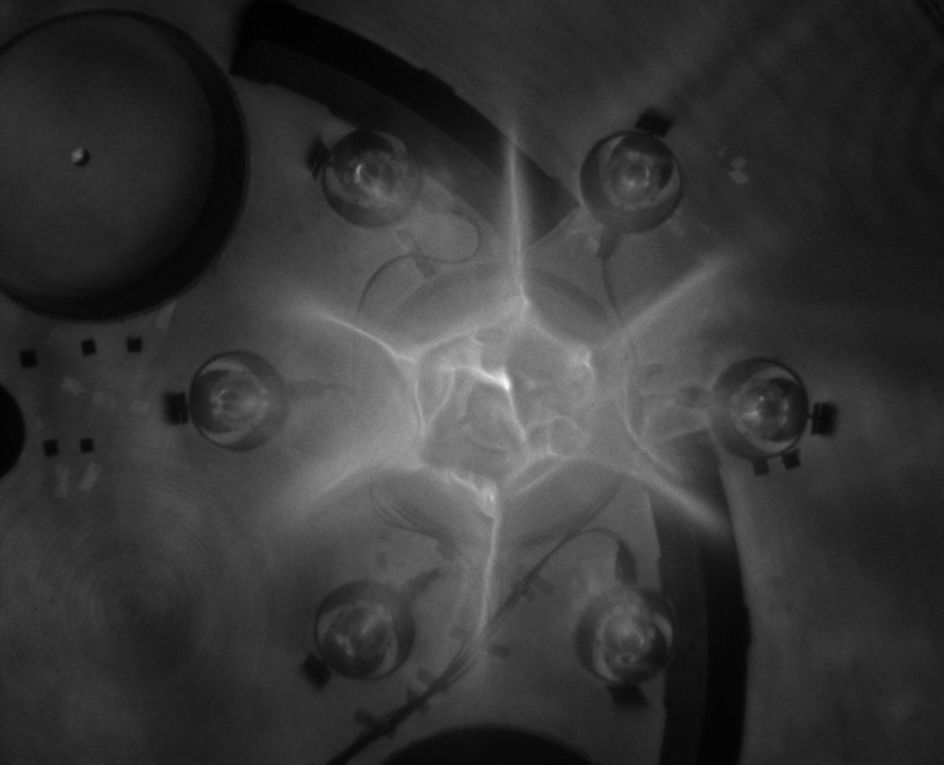
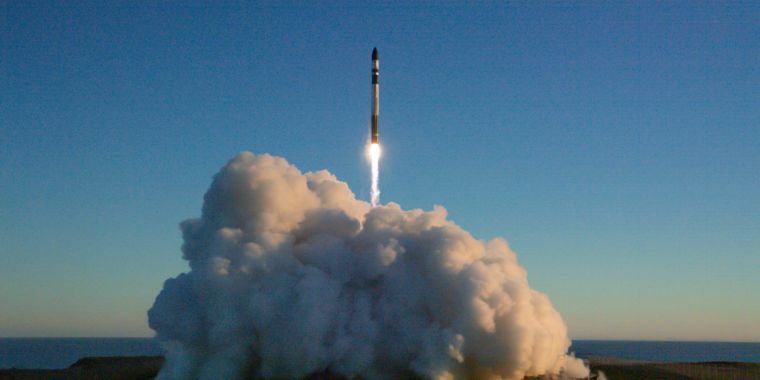

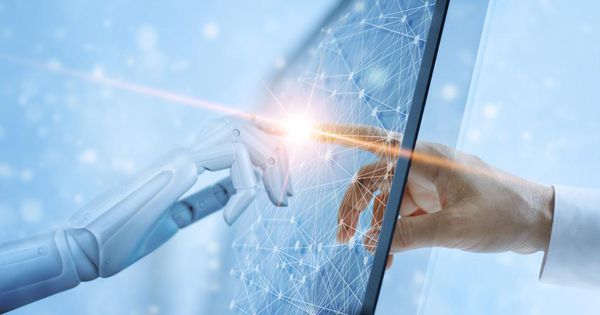

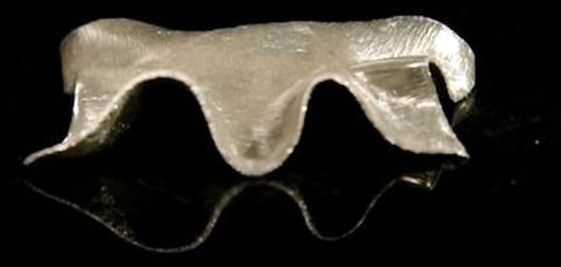
 A new Pew Research report unsparingly explains, the decline of Christianity in the United States “continues at a rapid pace.” A bare 65 percent of Americans now say they’re Christians, down from 78 percent as recently as 2007. The deconverted are mostly moving away from religion altogether, and the ranks of the religiously unaffiliated — the “nones” — have swelled from 16 to 26 percent over the same period. If this rate of change continues, the U.S. will be majority non-Christian by about 2035, with the nones representing well over one third of the population.
A new Pew Research report unsparingly explains, the decline of Christianity in the United States “continues at a rapid pace.” A bare 65 percent of Americans now say they’re Christians, down from 78 percent as recently as 2007. The deconverted are mostly moving away from religion altogether, and the ranks of the religiously unaffiliated — the “nones” — have swelled from 16 to 26 percent over the same period. If this rate of change continues, the U.S. will be majority non-Christian by about 2035, with the nones representing well over one third of the population.







